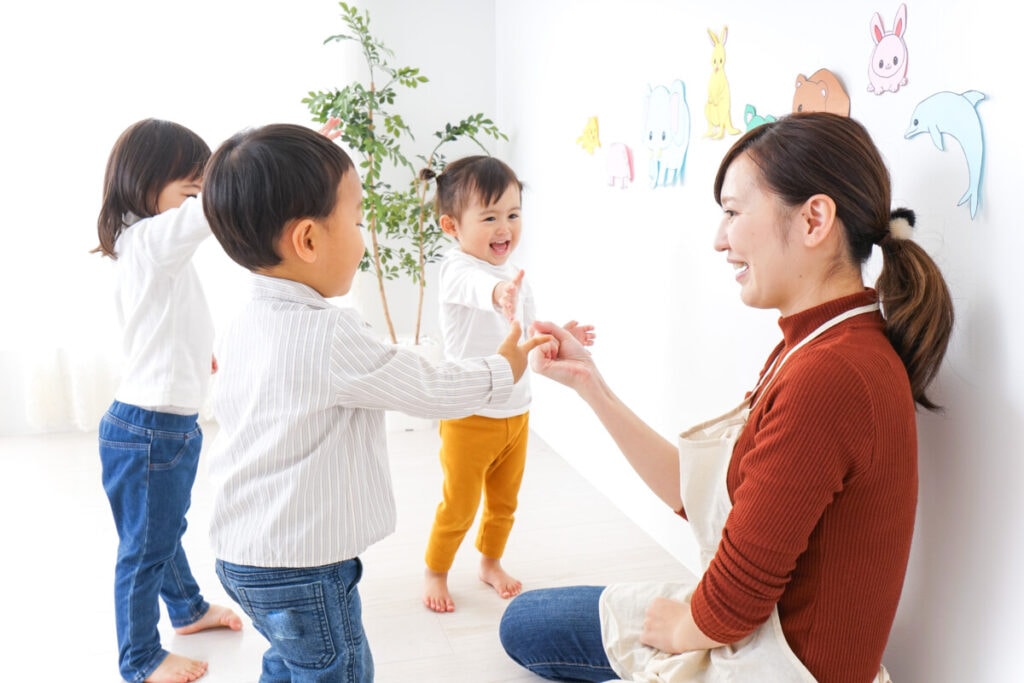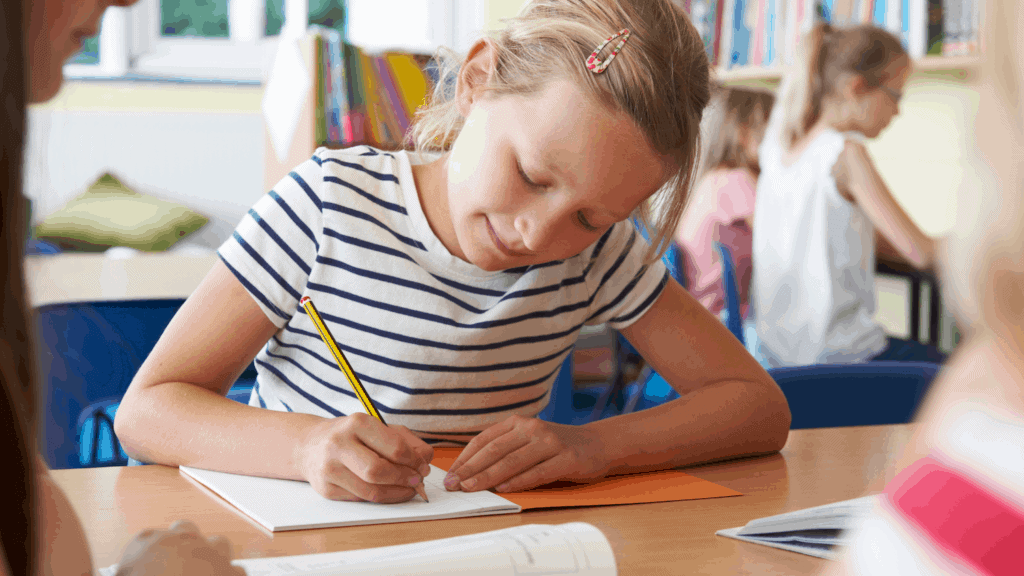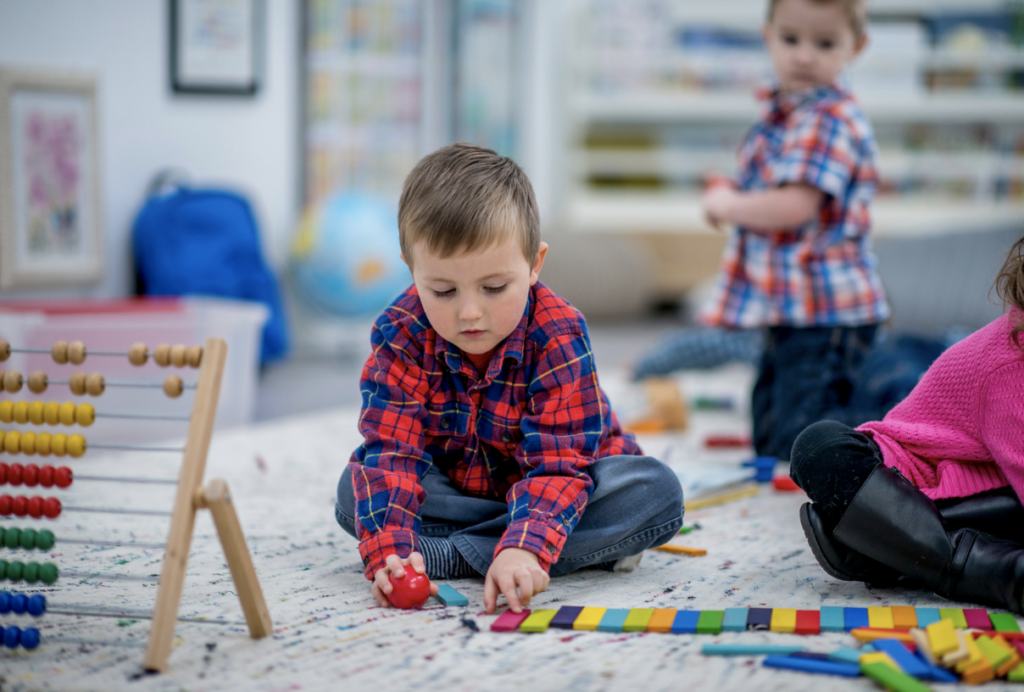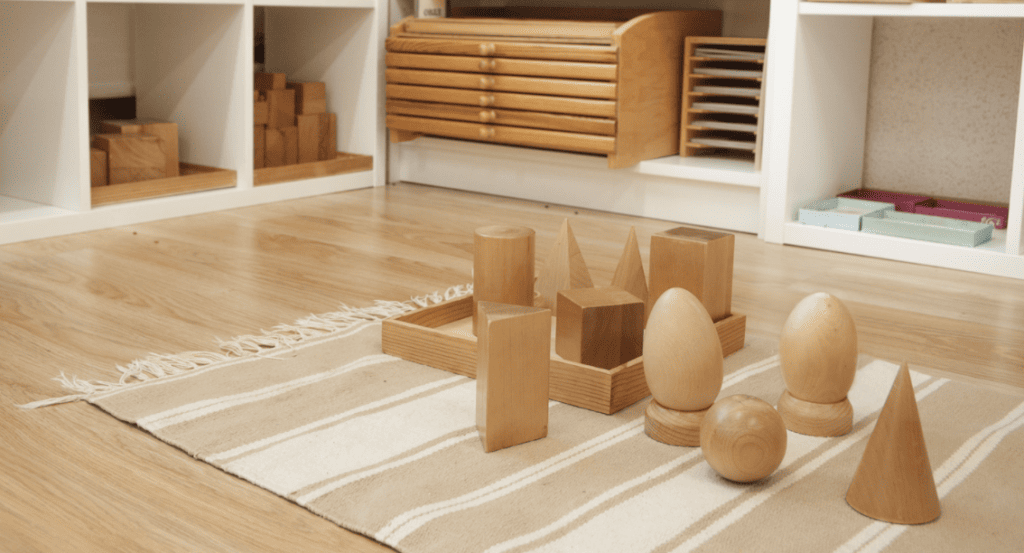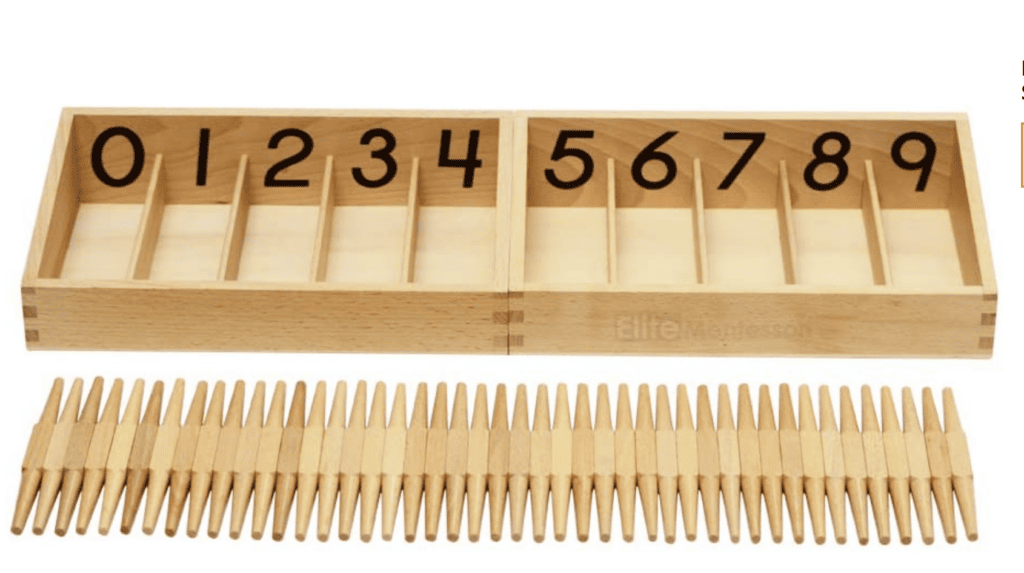Montessori education is regarded as one of the most widely-accepted methods of education worldwide. In this method, children are encouraged to follow their interests and learn at their own pace. It was introduced by Maria
There are many tactics that are employed in
This article will shed light on the process of normalization in
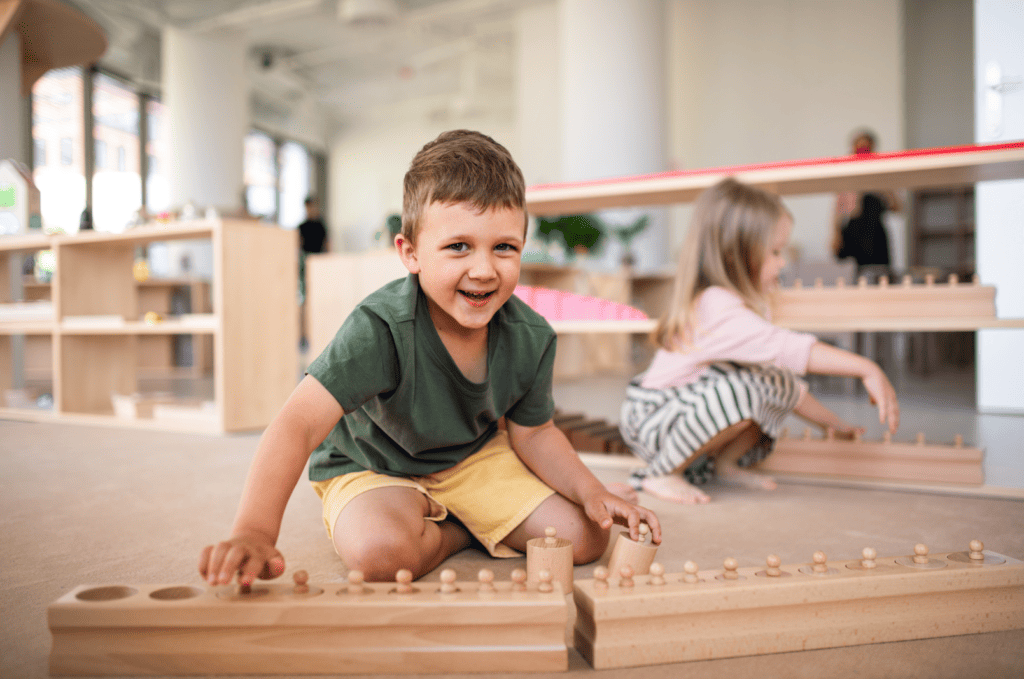
What does normalization in Montessori mean?
Maria Montessori devised the term ‘normalization’ to indicate how young minds make use of their skills to achieve a certain task with full concentration and with their own will. The environment in a
Stages of normalization in Montessori
Normalization is achieved in three stages. The first stage corresponds to the idea of undertaking a certain task or assignment. The teacher provides the students with relevant material or the child gathers the materials himself, and that triggers the child to want to attain a particular objective.
The next stage is putting the plan into action. Once the child has found a way to tackle the task, he/she gets down to achieving it. They do this by fully concentrating on the task at hand. The third stage is rest. This implies that the task is now completed and the child derives a sense of satisfaction from completing the task and he/she may share their experience with their fellows.
How to achieve normalization in a Montessori classroom
A classroom does not become normalized on its own. The teacher has to work together with all the children to get the process of normalization underway. However, a
Here are a few ideas that can help normalize a classroom:
Start with practical life
Starting the educational year by connecting the students with practical life activities ensures that they become aware and care about themselves and their surroundings. This aids them in connecting with the people and surroundings around them and helps them grow physically, cognitively, emotionally, and socially.
To instill practical life capabilities in a young child, teachers should add the right amount of practical life-related activities on the shelves. These activities may include sorting beads by color or size, or an activity that requires more physical exertion like sweeping or cleaning up after themselves. This makes the students realize the importance of looking after themselves and their environment.
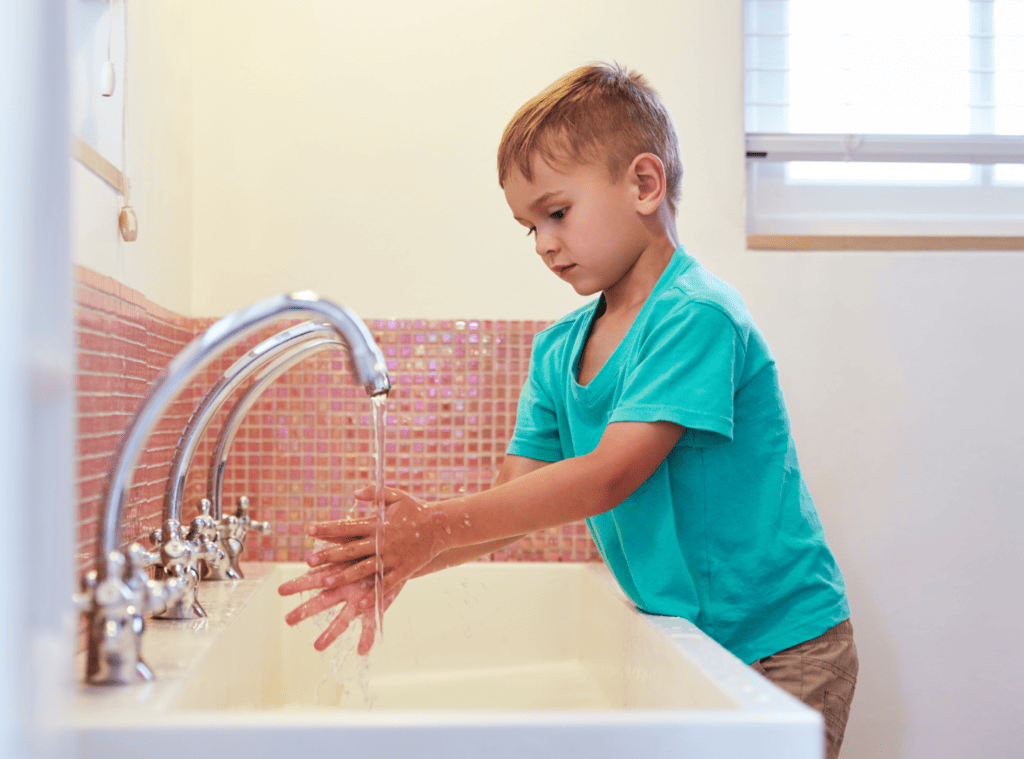
Move onto grace and courtesy
The next step toward a normalized classroom is to teach the kids about the interaction with their fellow peers. This can be done by performing different grace and courtesy activities, Such activities ensure that the kids learn about respecting others, which is an important tool towards a normalized classroom.
Maria
Stay calm and persistent
Teachers must remain ‘calm and carry on’ when dealing with young minds. The process of normalization does not happen in a day and it requires efforts from both sides. So, the teacher should remain patient if the children lose the material in the beginning and instill in them the idea of putting things back to their original places.
The teacher must be attentive and show interest in the child’s work when he/she has finished a certain task. The same implies if the kid has made some mistakes or has difficulty in achieving a certain task.
Partner up with parents or guardians
Teachers should also consider taking the parents or guardians in confidence regarding their children and making them normalized. Driving to school through the same route and following the same protocols every school day before arriving at school, ensures that the child falls into a routine. Other than this, parents should also be advised to drop their kids off at the same place and at the same time and hand the child over to the teacher. This also makes the child feel safe and secure and aids in the normalization process.
What are the characteristics of a normalized child?
Normalized children do not mostly require the teacher’s intervention to perform a certain task. This indicates that a normalized child is:
- independent
- can concentrate on his own
- disciplined
- enjoys work
- feels happy while doing the work
To sum it up, normalization in


